Products You May Like
Receive $50 off an eligible $100 purchase at the Outside Shop, where you’ll find gear for all your adventures outdoors.
Sign up for Outside+ today.
Unless you live in heaven, chances are you’re not skiing untouched powder or perfect corduroy all day, every day. Knowing how to ski crud efficiently provides a much more enjoyable experience across the entire mountain, especially when conditions are less than perfect.
But what, exactly, is crud? Why aren’t there any professional crud skiing competitions? “Crud” somewhat eludes definition. It’s not quite powder, not quite moguls, and not quite groomed. As crud-lover Dave Matthews once noted, it is the snow that lives in “the space between.” Crud is variable snow, and it calls for constantly adapting your technique and tactics from turn to turn, essentially being prepared for anything.
On the topic: Best skis for crud
Tactically, skiing crud is a lot like trail running down a steep path with lots of rocks and roots. If you look straight at the ground, you’re not going to see what’s coming up next. Instead, you have to look ahead to know where to place your feet. The same goes for crud: bumps and piles of snow dictate where you should turn your skis. Find a flexible tempo down the path of least resistance, and it will all flow together.
Technically speaking, crud skiing is all about being in a relaxed, balanced position to absorb the varying terrain. Maintaining loose ankles in your ski boots will help absorb the micro terrain and snow variations more efficiently than your legs can. Be sure to save your legs for that moment when you have no choice but to explode through a surprise mogul that will pop up out of nowhere; they always do.
How to Ski Crud: Tips from Marcus Caston
Step 1: Unweight your skis
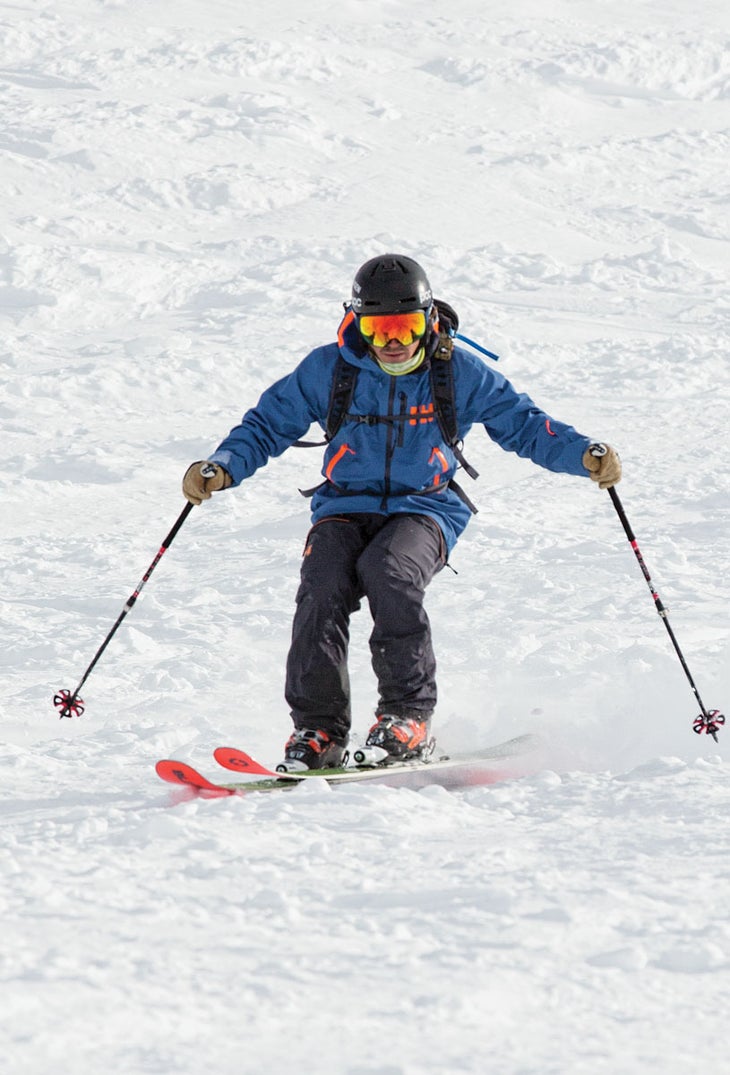
Start each turn from a balanced and athletic stance. Your core should be no farther forward or back than your bindings. Focus ahead on the terrain and your next moves.
Step 2: Engage your ankles
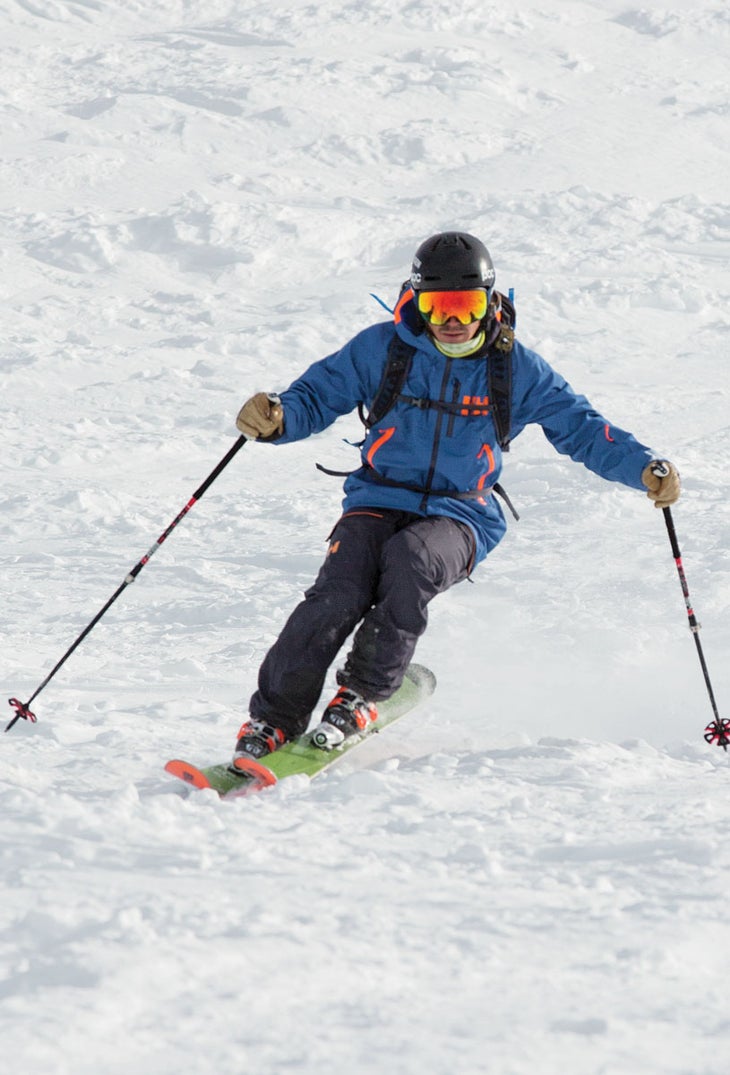
Crud is the most unpredictable snow surface. Relax the ankles to absorb the micro terrain and to roll over variable terrain. Keep the outside leg elongated to absorb bigger bumps.
Step 3: Pressure the outside ski
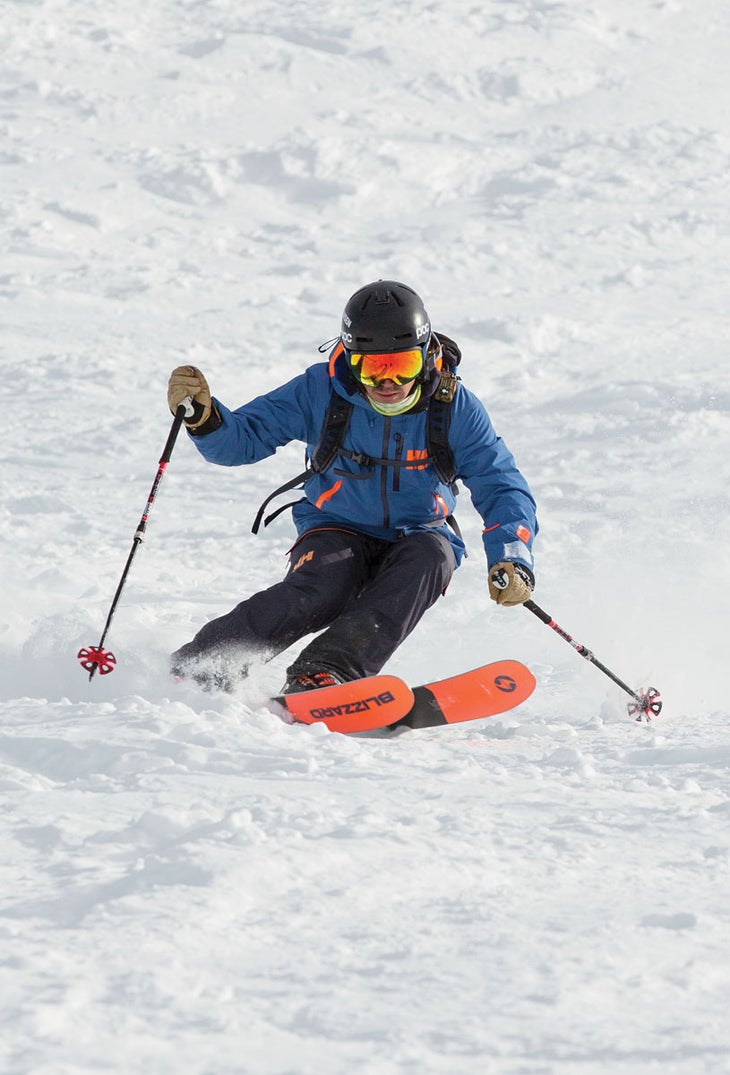
Pressure late and heavy in the turn to stay controlled. Not only will you damper speed with ninja precision, it’s also a great way to blow up snow to impress anyone watching.
Step 4: Maintain a stable upper body
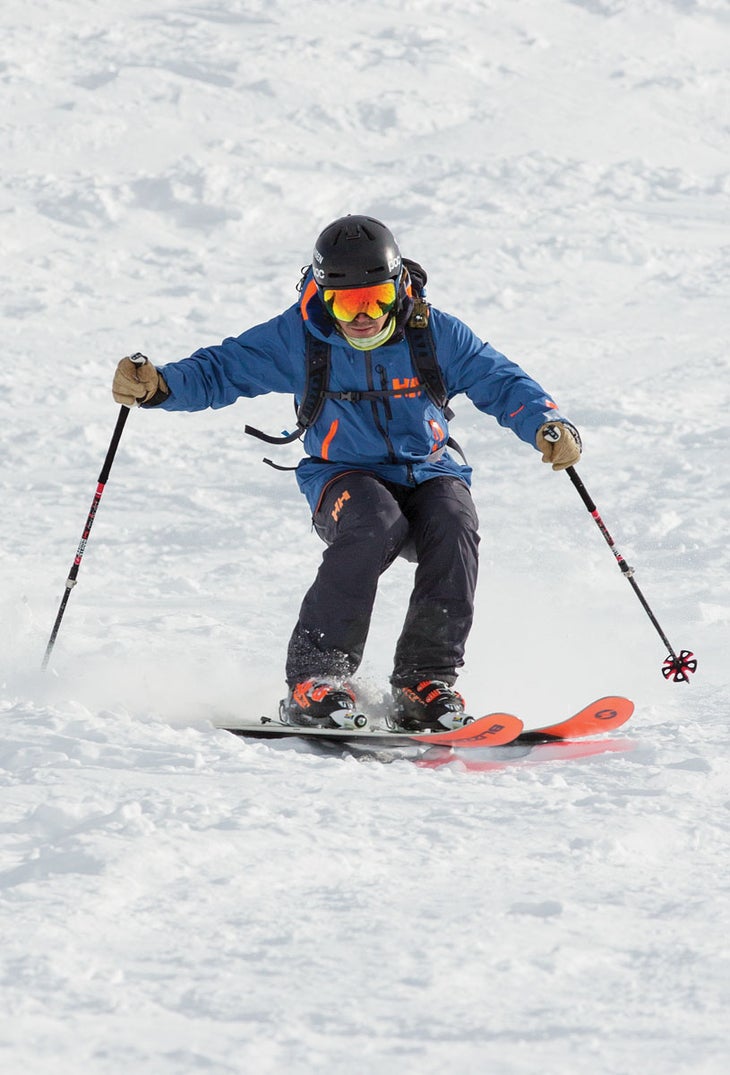
Keep your shoulders facing downhill and your skis in the fall line longer than you would in smoother conditions. Control speed by pressuring the skis, not swinging them across the hill.
Step 5: Be aggressive
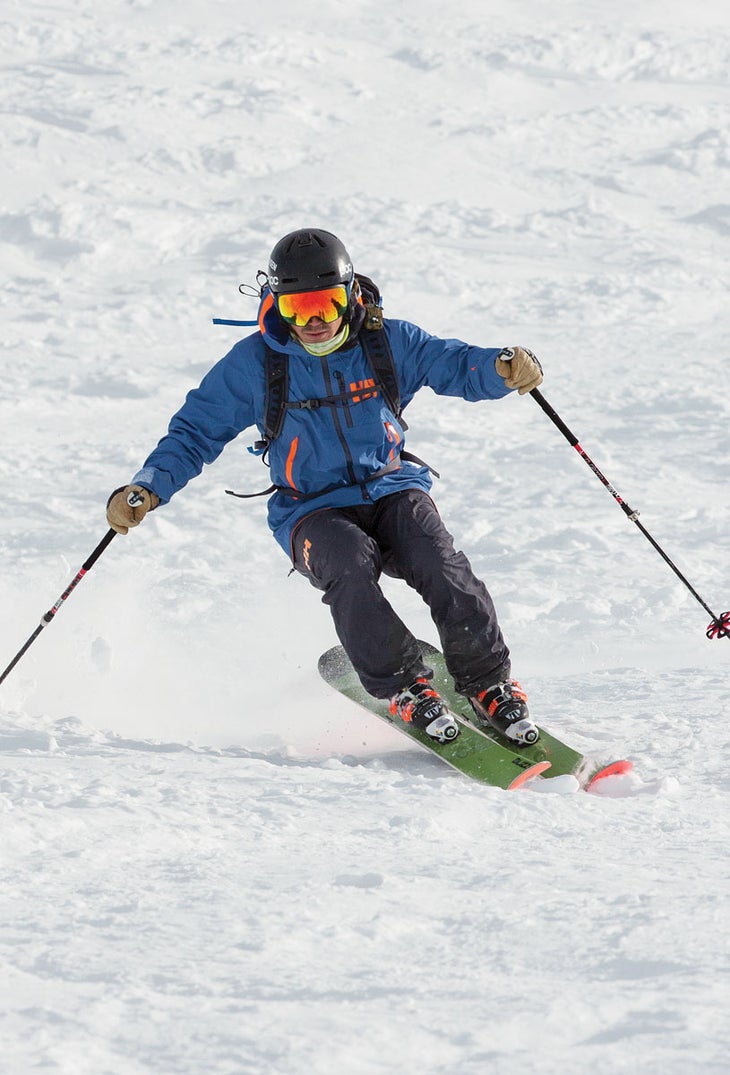
Crud can be intimidating, so be aggressively proactive in moving with the variable terrain. Imagine a string attached to your belly button pulling your body down the fall line.
Step 6: Experiment with turn shapes
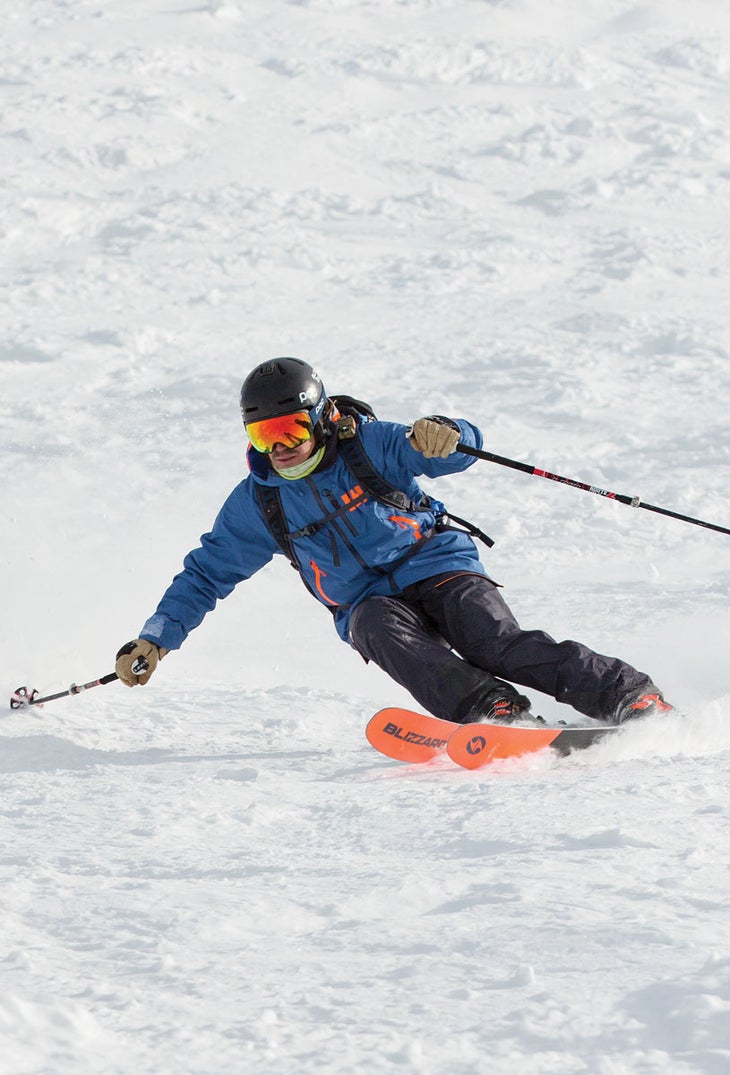
Variable terrain acts much like notes in music. Some turns are quick and others are drawn out. It’s important to find tempo and flow through the path of least resistance.
Meet your instructor: Marcus Caston
Marcus Caston is an Inspirational Ski Consultant, based in Salt Lake City. After 10 years of coaching freeride and race camps, Caston has developed a coaching philosophy based on building a solid foundation of fundamentals, yet leaving room for personal expression. Check out partybeachskicamps.com for more info.
All photos shot on location at Valle Nevado, Chile. Less than 40 miles from downtown Santiago, Valle Nevado offers a number of great ski-and-stay packages, heli skiing, and Mountain Collective passholder benefits.
Video: How to Ski Crud—PSIA Tips
Ready to learn more? SKI Magazine teamed up with the Professional Ski Instructors of America (PSIA) to design the online course How to Break Through. This course is for intermediate and advanced skiers ready to kick their skiing up a notch on all types of terrain. To get started, visit our PSIA Tips Page for some spot-on advice.
